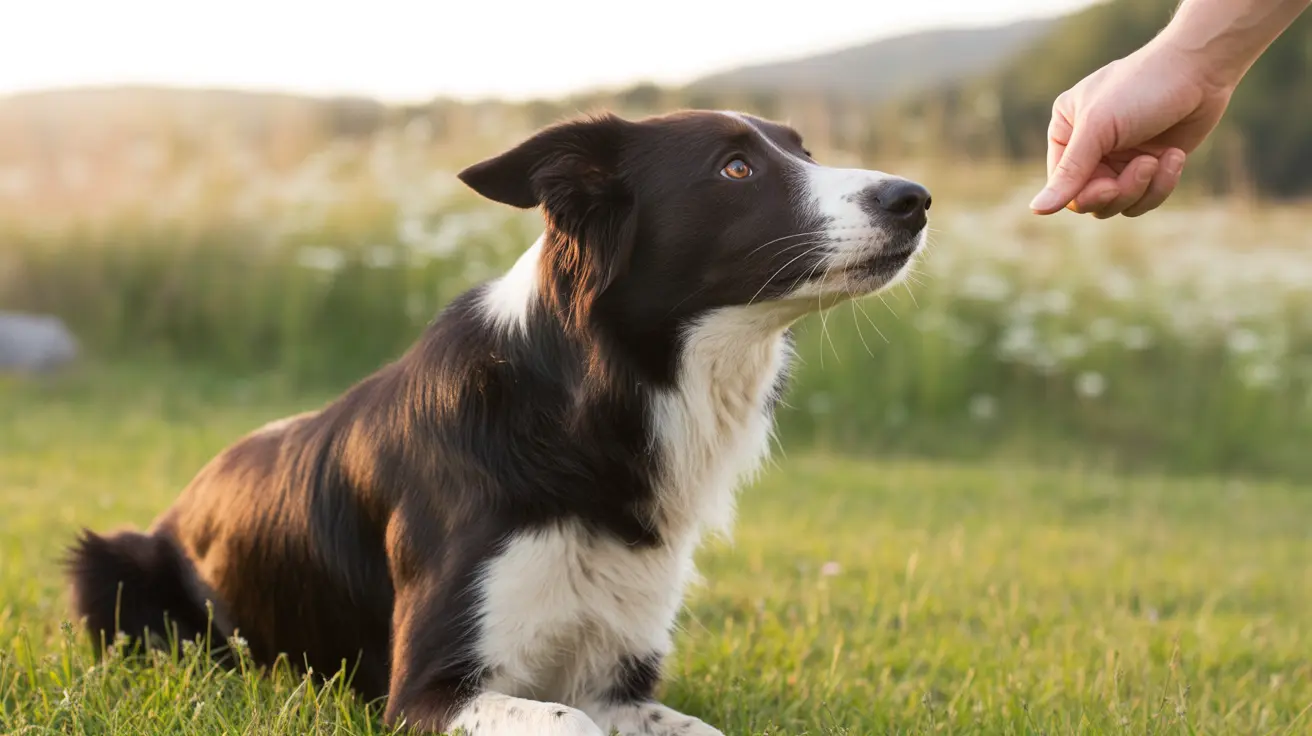How to Prepare for Adopting a Rescue Dog
Welcoming a rescue dog into your home is a rewarding experience, but it requires careful planning and thoughtful preparation. Rescue dogs often come from uncertain backgrounds and may need extra attention, training, and love to adjust. Here's a comprehensive guide to help you prepare.
1. Evaluate Your Lifestyle and Readiness
- Consider your work schedule, family dynamics, and activity level.
- Determine if you have the time, space, and resources to care for a dog long-term.
- Research different sizes, energy levels, and temperaments that match your living situation.
2. Research Shelters and the Adoption Process
- Use databases such as the ASPCA shelter locator or Petfinder for adoption options.
- Understand that each shelter may require forms, interviews, and an adoption fee.
- Be prepared for vaccinations, microchipping, and spaying/neutering, which shelters often provide before adoption.
3. Prepare Your Home
- Dog-proof your space by removing harmful items like toxic plants, chemicals, small decorations, and unsecured trash.
- Set up containment tools like crates, baby gates, and secure outdoor fencing as needed.
- Create safe zones with a bed, toys, and food/water bowls for your dog to feel secure and comfortable.
4. Gather Essential Supplies
- A sturdy leash and collar with ID tags
- Food and water bowls
- Dog food appropriate for age and health
- Treats, chew toys, and enrichment items
- Dog bed and crate
- Grooming tools like brushes and nail clippers
5. Plan for the Initial Adjustment Period
Use the 3-3-3 rule: 3 days to decompress, 3 weeks to learn the routine, and 3 months to feel secure. During this time:
- Keep the environment quiet and low-stress.
- Let your dog explore at their own pace and initiate contact.
- Be patient with house training and allow for mistakes.
6. Introduce Family and Pets Cautiously
- Introduce new dogs on neutral ground using parallel walking before in-home meetings.
- Remove toys and food during initial dog-dog interactions.
- For cats, use scent swapping and physical barriers first. Ensure cats have escape routes.
7. Establish a Consistent Routine
Dogs thrive on structure. Create a schedule for feeding, walks, playtime, and bedtime. This provides security and aids in behavior training.
8. Health and Veterinary Care
- Schedule a vet visit shortly after adoption.
- Continue vaccines, flea/tick prevention, and wellness checks.
- Discuss diet, behavior concerns, and exercise needs with your vet.
9. Ongoing Training and Enrichment
- Use positive reinforcement methods like treats and praise.
- Enroll in obedience classes or work with a certified trainer if needed.
- Provide physical and mental stimulation daily (walks, puzzles, playtime).
10. Be Patient and Compassionate
Understand that behavioral issues may stem from prior trauma. Avoid punishment and harsh correction; instead, build trust through kindness and consistency.
Remember, rescue dogs need time and support to acclimate. With preparation and love, you’ll help your new companion thrive in their forever home.





